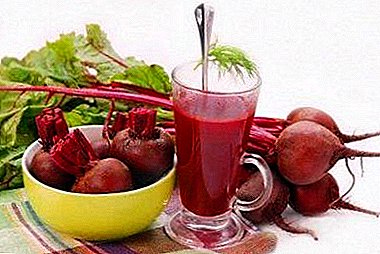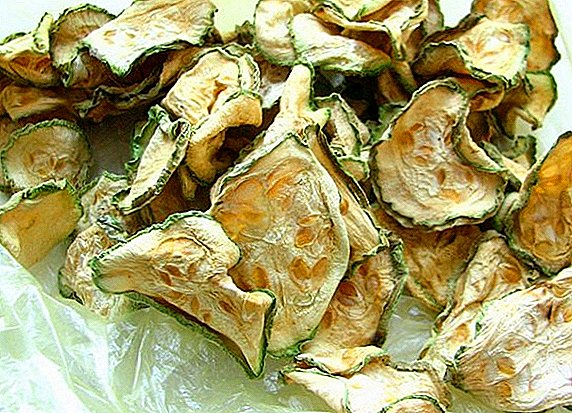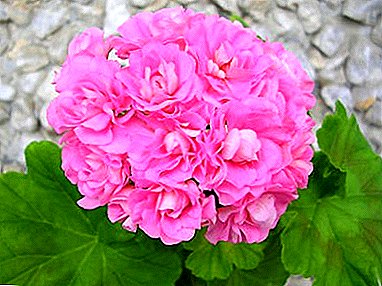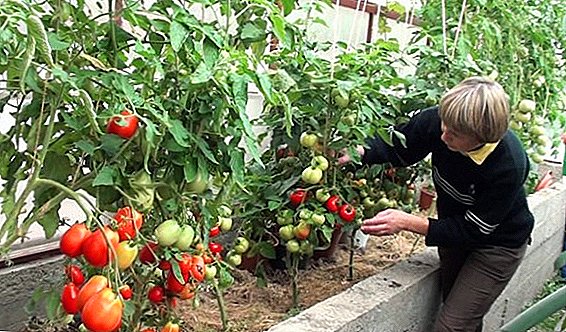 Growing tomatoes in the greenhouse, you can achieve an earlier ripening, as well as reduce the risk of death of plantings from frost and fungal diseases. However, even growing a vegetable in a greenhouse requires measures to create the most favorable conditions for it. Mulching tomatoes in the greenhouse - This is an agrotechnical technique necessary to accelerate the process of ripening the crop and increase its quantity.
Growing tomatoes in the greenhouse, you can achieve an earlier ripening, as well as reduce the risk of death of plantings from frost and fungal diseases. However, even growing a vegetable in a greenhouse requires measures to create the most favorable conditions for it. Mulching tomatoes in the greenhouse - This is an agrotechnical technique necessary to accelerate the process of ripening the crop and increase its quantity.
In addition, mulching not only benefits the vegetables, but also facilitates the cultivation and care of them. In order to get the best result in terms of the quantity and quality of the crop, it is necessary to know some features of proper mulching. In this article we will look at how you can mulch tomatoes in a greenhouse in order to achieve good yields.
Why mulch tomatoes
Of course, tomatoes can grow without mulching, the only question is how productive such cultivation will be. So, mulching is a cover of the soil surface with plants materials of organic or artificial origin in order to regulate the process of soil saturation with oxygen and moisture.

In this way, tomatoes under mulch are protected from drying out the top layer of soilin which a superficial crust is formed that interferes with air circulation. But the benefits of mulching are not only that. Consider the main Advantages of this agrotechnical event:
- a layer of mulch, covering the ground under the tomatoes, does not allow direct sunlight, preventing the germination of weeds that are harmful to vegetables;
- When mulching landings with grass or other organic materials, their lower layer gradually disappears, it is eaten and processed by worms, thus forming humus and fertilizing the soil. So, you can do without additional fertilizers or reduce their amount.
- under mulch, soil moisture remains longer, its top layer does not dry out after watering. This allows you to facilitate the care of planting tomatoes, eliminating the frequent need for watering and loosening the soil;
- mulch for tomatoes in the greenhouse prevents evaporation of moisture from the surface of the earth. Since they are watered abundantly and often, in an enclosed space, water evaporates during evaporation, which is detrimental to tomatoes and contributes to the formation of phytophthora and other diseases.
- mulching simplifies the procedure for watering tomatoes, as the flow of water does not erode the top layer of soil;
- under mulch, ripening accelerates and yields increase.
For high yield, read about the features of the cultivation of tomato varieties: Pepper, Batyana, Honey drop, Katya, Marina Grove.
Types of mulch
Materials sheltering the soil for any crops, including tomatoes, are divided into two groups: materials of organic origin and special coatings, which are produced by industry. Below we take a closer look at what can be mulched tomatoes in the greenhouse, the pros and cons of using different materials.
Organic
Organic materials are preferred for tomato mulchc than artificial, since throughout the year organic mulch, in addition to its main task, performs another important function. Gradually decomposing, organic matter turns into humus and becomes an additional fertilizer for tomatoes. The type of materials also determines which microelements as a result feed the soil, therefore, you can choose the most suitable.

Hay or straw, compost, humus, peat, shavings, sawdust, small tree bark, dry leaves, needles, grain and seed husks, weeded young weeds that did not produce seeds, as well as cardboard and newspapers are suitable as organic mulch.
Straw as a mulch is an excellent material for use in the greenhouse. A layer of straw 10-15 cm thick can protect tomatoes from diseases such as leaf spot, early decay, anthracnose. The straw well passes oxygen to root system, being thus an excellent heat insulator. However, it is worth periodically checking the straw layer of mulch, as rodents or insect pests can live there.
Meadow grass or weeded young weeds that did not have time to form seeds are suitable as mulch. It is necessary to take a thick enough layer of grass so that after its settling a height of at least 5 cm remains. Such mulch will have to be updated frequently, as the grass decays quickly. But in mulching grass has its advantages: the soil will be constantly fed with nitrogen and trace elements.

Important! Before mulching tomatoes with mowed grass and young weeds, it is necessary to dry them in the sun to neutralize insect parasites. Otherwise, they will move to the tomatoes.A shelter for tomatoes from forest materials is very useful. Such a mulch not only protects against weeds and drying out the soil, but also saturates the plantings with microelements and beneficial bacteria. Therefore, those who have doubts about whether it is possible to mulch tomatoes with needles, must necessarily find an opportunity to go into the forest and prepare this type of mulch and fertilizer at the same time.
For these purposes, well-suited materials from mixed and coniferous forests. Wood mulching material (sawdust, bark) is stronger than vegetable, therefore it is more durable and retains moisture better. Chopped wood bark is mainly used as mulch for garden trees and fruit bushes, as well as for vegetables in greenhouses. When mulching with woody material you need to follow simple rules:
- use only well-dried wood material;
- a layer of sawdust or crushed bark with a thickness of 8 cm must be watered with a 5% solution of urea;
- to prevent soil oxidation, scatter chalk or slaked lime over a layer of mulch;

It is also effective to mulch tomatoes in a greenhouse using compost, which can be prepared from any waste that can decompose. Over a long period, weeds, household waste, old paper, hay, and other organic materials become the ideal nutrient mix for vegetables, including tomatoes. For mulching tomatoes, a 3 cm compost layer is sufficient.
It is better to mix the compost with other types of mulch, as it is quickly processed by worms. Mulching tomatoes in the greenhouse with newspapers is also quite effective, because paper is wood that has been processed. To do this, you can use both black and white and color newspapers, which are preliminarily crushed and cover plantings with a layer thickness of about 15 cm. Such mulching contributes to the warming of the soil and will last longer than other materials.
Inorganic
To care for tomatoes in greenhouses there are special artificial materials, for example, Agrotex. However, many experienced gardeners consider buying such materials as a waste of money, because they are successfully replaced by polyethylene, burlap, etc. Consider how to properly mulch the tomatoes with the help of artificial materials.

Inorganic materials have several advantages over organic ones because they can last much longer: the whole season, or even two, and three. Due to the greenhouse effect, which is created by artificial materials, tomatoes are growing and developing more actively.
When mulching with a film, you need to choose the right material. Tomato mulch film should be red, opaque and durable to prevent weed germination. It is necessary to cover tomatoes with a film tightly, this will allow to increase the temperature of the soil by 1-2 degrees. This type of mulching is suitable for the cold season. In summer, the film must be removed to avoid overheating of the soil.
It is very popular to grow in greenhouses as well: sweet peppers, cucumbers, eggplants, strawberries.
Tomatoes can be mulched with non-woven material, which has a porous structure and well passes moisture and air. Such a mulch will serve in the greenhouse from 3 to 5 years, protecting tomatoes from pests and the appearance of fungal diseases. The only drawback of this option is the high cost of the material.
What can not be mulched tomatoes in the greenhouse
Do not mulch tomatoes with ruberoid. Although it is a fairly reliable and durable material that does not let in light and does not allow weeds to sprout, the ruberoid is toxic. This can adversely affect the soil and future harvest.

It is also undesirable for tomatoes to mulch with pure peat, because it strongly oxidizes the soil. When using peat, you must mix it with compost or other materials that neutralize soil acidity.
The best time for the procedure
Knowing how to properly mulch tomatoes in the greenhouse, you must also choose the right time for this. It depends on whether the greenhouse is heated or not. If the greenhouse is heated, it is possible to mulch the tomatoes at any time, as needed. In an unheated greenhouse, mulching is necessary only after the soil has warmed up sufficiently and the threat of frost has passed.

Technology laying mulch depends on the type of material. Loose and organic mulch is covered with a layer of several centimeters between the plants, leaving a small space around the stem free for watering. If artificial material is used, it is spread on a bed, and in places where it is planned to plant tomatoes, cross-shaped cuts are made. Subsequently, seedlings are planted in cuts and watered.












